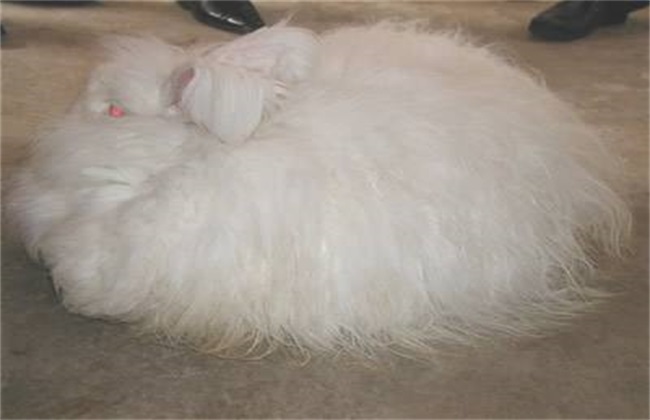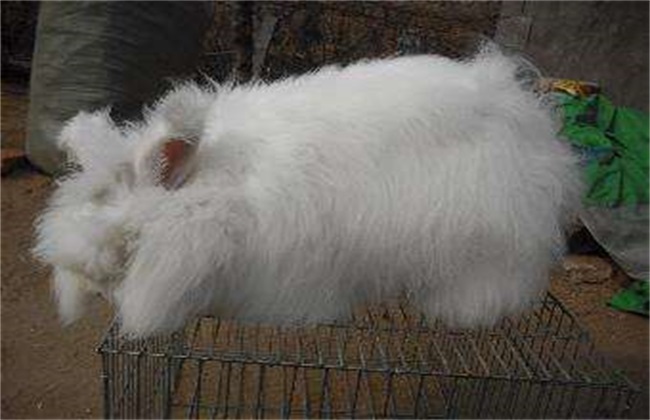Usage of chicken vaccine
Raising chickens is one of the most common breeding projects in rural areas, so we should pay attention to the management when raising chickens. In particular, in the prevention and treatment of diseases, attention should be paid to the injection of vaccines according to the process. The use of chicken vaccines is very important, but because there are so many vaccines, they are used differently. So the editor today brought you the use of chicken vaccine, let's have a look!

1. Drinking water immunity
The advantage of drinking water immunity is that you don't have to grab the immunity from one chicken to another. It can not only reduce artificial labor, but also prevent stress in chicken flocks, which is the most commonly used method for large-scale chicken farms. However, the immune effect can not be guaranteed, so when we operate, we should pay attention to live vaccines. When diluting the vaccine, add the right amount of skimmed milk to it. Before drinking water for immunization, we should stop water for about 3 hours and ensure that the diluted vaccine solution can be completely diluted within 2 hours. Ensure that there are adequate drinking fountains so that every chicken can be immunized normally. The time is controlled in the morning and evening and should not be carried out at noon.
2. Nose-eye immunity
Nose-eye immunization is the most commonly used immune method of chicken vaccine, as long as there is a good operation technology, its immune effect is very good. It plays a good role in the prevention and treatment of respiratory diseases. However, this immune method requires more labor, to be carried out one by one, and the chickens are more likely to have stress reactions. Nose-eye immunity needs to pay attention to dilute the vaccine with distilled water and control the dose. You'd better give it a drip before using the vaccine. To determine the dose, in order to reduce the stress response of chickens, it is best to do it at night, or when the light is dark.
3. Aerosol immunity
Aerosol immunization is also the main method of group immunity to chickens, which can improve the physiological function of chickens and enhance the resistance of mucous membrane. However, if you use aerosol immunization, you should ensure that there are conditions and equipment for aerosol immunization. Aerosol immunization can save a lot of time and labor, and the effect is better. However, aerosol immunization can easily cause respiratory diseases. Therefore, when we are immunized with aerosol, we should pay attention to control the size of the fog droplets, keep the aerosol sprayer at about 60-70cm, spray on the abnormal chicken head, and achieve the goal when we feel wet on the chicken body. After aerosol, an appropriate amount of antibiotics should be added to water and food to prevent chronic respiratory diseases.
4. Hypodermic injection
The method of subcutaneous injection can effectively control several vehicles with good results. However, it takes a lot of manpower, and the damage to the chicken is also more serious. When we are injected subcutaneously, we should pay attention to disinfecting the connecting parts such as needles. Shake while injecting to ensure that the vaccine is uniform. The vaccination targets should first be healthy chickens, and then sick chickens. And pay attention to the replacement of needles to prevent the spread of germs, leading to infection. The depth of the needle should be controlled according to the growth stage of the chicken, and the direction of the needle should be kept parallel to the sternum.
The above is a brief introduction to the use of chicken vaccine. When raising chickens, we must pay attention to the vaccine work to ensure the healthy growth of chickens and reduce the incidence of disease. That's all for today's introduction. This article is for reference only. I hope it can help you all.
Related
- On the eggshell is a badge full of pride. British Poultry Egg Market and Consumer observation
- British study: 72% of Britons are willing to buy native eggs raised by insects
- Guidelines for friendly egg production revised the increase of space in chicken sheds can not be forced to change feathers and lay eggs.
- Risk of delay in customs clearance Australia suspends lobster exports to China
- Pig semen-the Vector of virus Transmission (4)
- Pig semen-the Vector of virus Transmission (3)
- Five common causes of difficult control of classical swine fever in clinic and their countermeasures
- Foot-and-mouth disease is the most effective way to prevent it!
- PED is the number one killer of piglets and has to be guarded against in autumn and winter.
- What is "yellow fat pig"? Have you ever heard the pig collector talk about "yellow fat pig"?



